
 Feature
FeatureInTheGarageMedia.com

 Images BY Tim Sutton
Images BY Tim Suttonhen I began my magazine career back in the early ’90s, one of the first shops I was sent to was Fat Jack’s in Wildomar, California. Unbeknownst to me, its owner/namesake Fat Jack Robinson was a curmudgeon hot rod builder whom my boss at the time, Tom Vogele, had assumed would chew me up and spit me out due to his no-BS attitude. Well, unbeknownst to Vogele, we ended up hitting it off from the get-go due to my no-BS attitude—and the rest is history.
I followed quite a few of Jack’s builds over the years, including his personal 1951 Ford F-1, and in the process became good friends with several of his employees (Ryan Reed, Aaron Broughton, and more) as well as his protégé son, John “Johnny Rotten” Robinson, who’s carried on Pop’s posthumous Fat Jack style—low and mean with the utmost attention to every little detail. When the time came to get some shots of the current and final version of Jack’s big-block–powered Ford, I figured who better to tell the tale. Take it away, John! —Rob Fortier
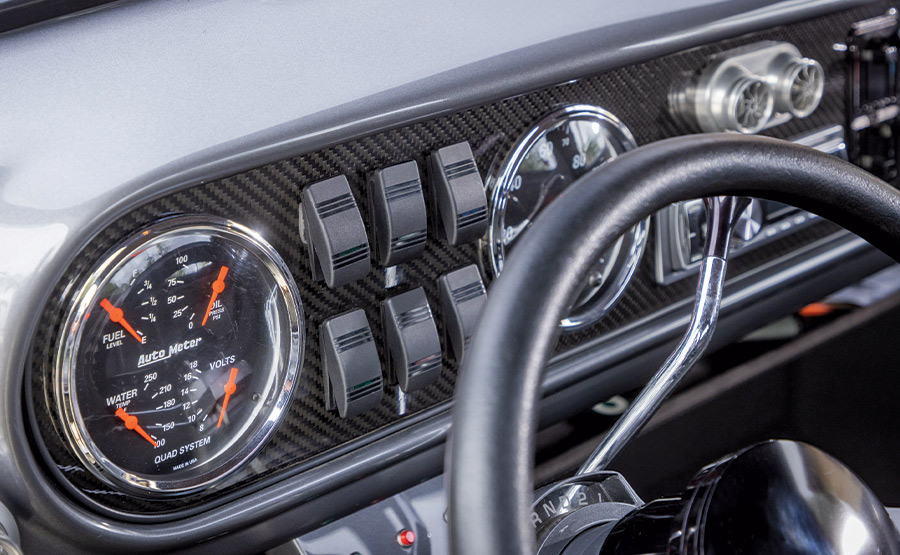
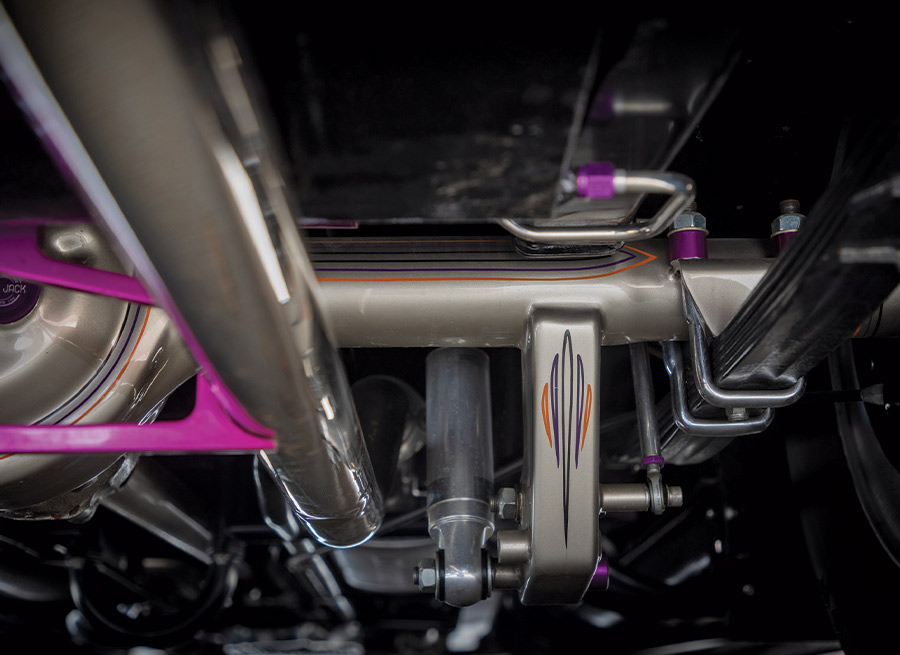


“Right or wrong, somehow his reputation preceded him. He was fortunately—or unfortunately—born at a time when cars were what kids did. On my grandfather’s side, he had two uncles who had modified cars. He would tell me about his Uncle Fred, who in the mid ’50s had a chopped Deuce Victoria with big and little wide whites, padded white top and running boards, with a big flathead with four 97s. Then he also had a 1934 Cabriolet that he went to the dump, found some bed posts, and made straight pipes all the way to the back for. This same uncle gave him his first car at 13, a 1940 Ford Tudor sedan that was partially torn apart to use to fix another car. He got it put back together, tried to sell it, eventually cut it up, and sold it for scrap. His next car was a 5-inch chopped Deuce three-window; it was basically stock other than chopped with a dropped axle and big and littles. It eventually got an Oldsmobile engine with a LaSalle top shift box.
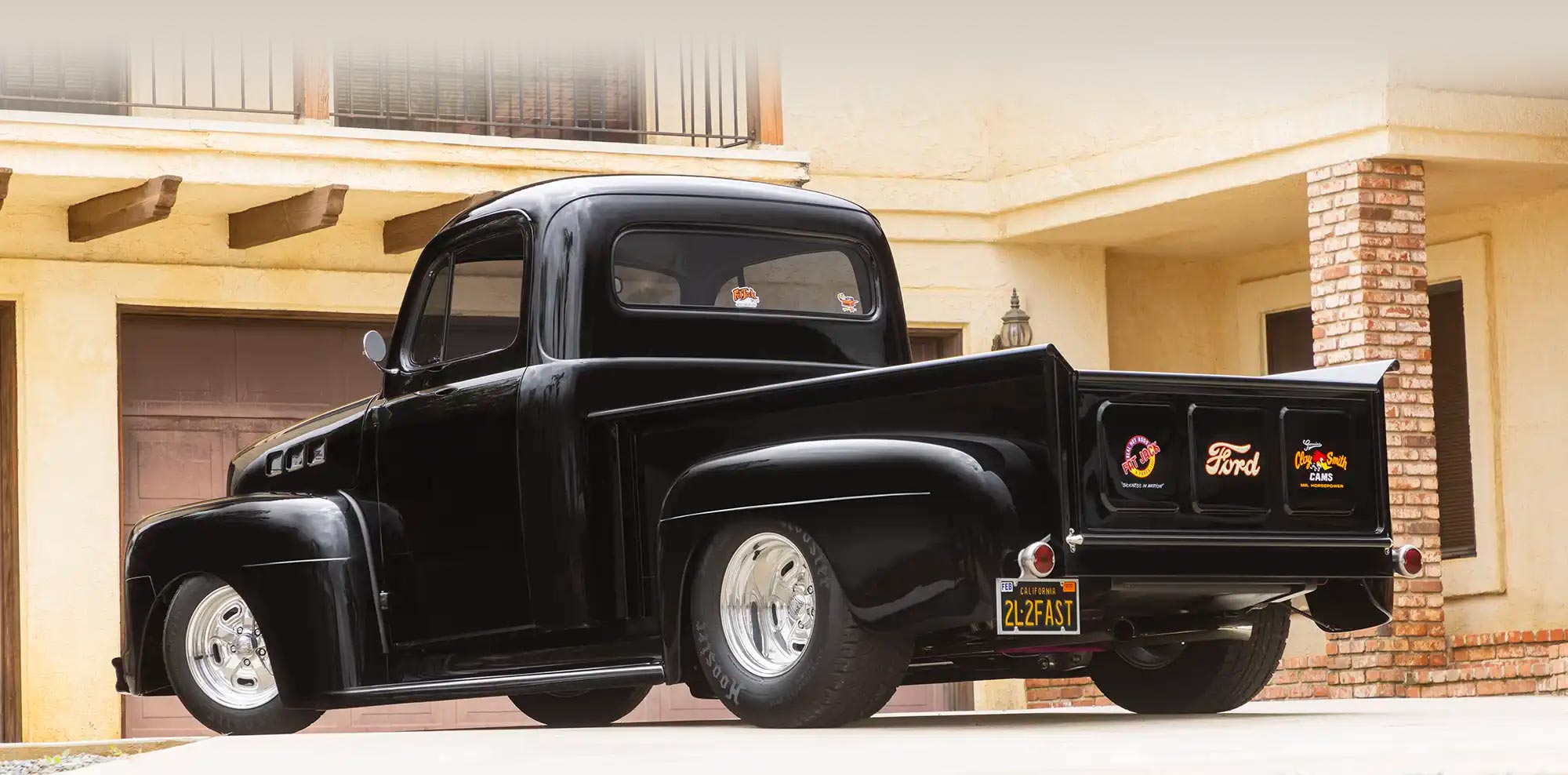

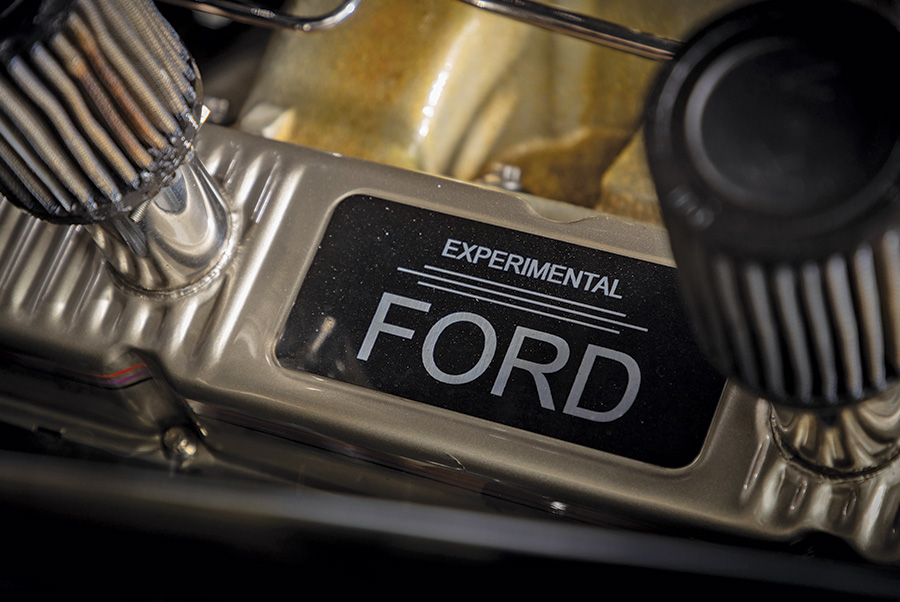
“Dad was a carpenter by trade and built his own cars at home in the garage like everyone else did. Not long after, he started doing fabwork and stuff for other people. Around 1975 or 1976, he quit being a carpenter and rented a shop in Cerritos, California. When Steve Davis moved out and went to the beach, he brought body man Ralph Kirby with him, and J&R Hot Rod was born. Soon after, Greg Morrell came on as a painter. After that, he did about a five-year stint restoring Panteras.
“When I was about 12 my pop would take me to the shop on weekends, holidays, and summer vacation—whenever school was out—and I would go to the shop and work. I did all of the typical grunt work, sweeping floors, cleaning parts, washing and waxing cars (which I hated—and still do to this day!), but, I was VERY FORTUNATE that I liked what I saw and what I learned from the people I was exposed to. The cast of characters were primarily drag racers. When I was about 14 or 15, Richard Conklyn came to work for my pop; he was the R part of S&R Race Cars with Steve Plueger, and one of the smartest people I knew. I was also fortunate to be around and work for Lil’ John Buttera, another individual I learned A LOT from.
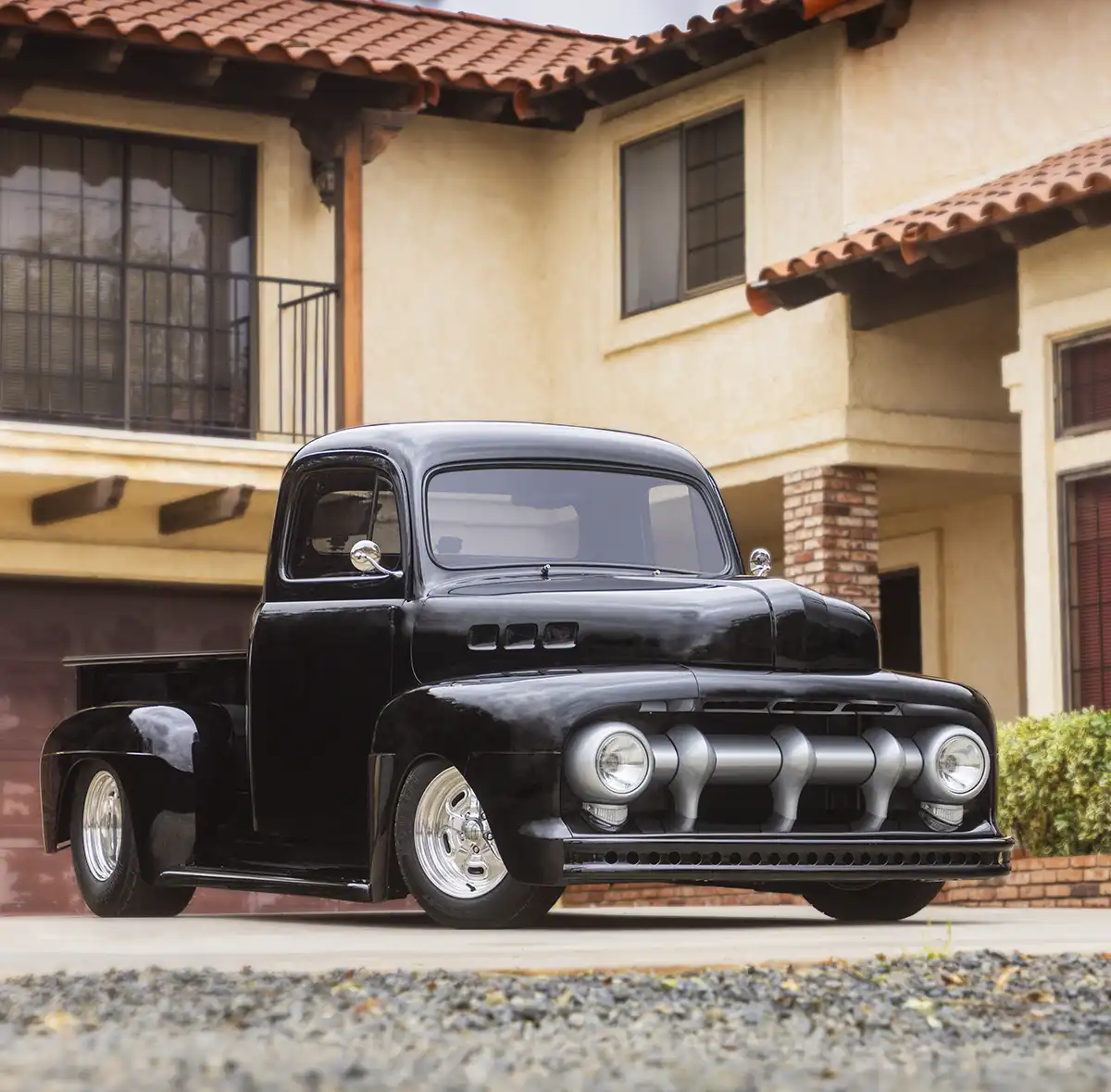
“The truck started out as someone else’s abandoned project. It had a 351 Windsor/C6 combo with a Mustang ll frontend, and 9-inch Ford rear on the original leaf springs. We removed the engine and trans and installed of all things a 430 Buick and Turbo 400 that was left over from another old project. All machinework on the engine was done by longtime family friends the Streagles, at Clay Smith Cams in Buena Park, California, then assembled by myself. We built a new tubular centersection out of 1-1/4-inch-diameter round tube. The front crossmember was raised in the chassis 1-1/2 inches and at that point we bored holes in the front framerails for the rack-and-pinion to go through. The frame is boxed front to rear as well as C-notched for rearend clearance. We built a custom aluminum fuel tank mounted in the rear between the framerails. The interior has aluminum door panel inserts covered in gray leather, as well as a custom package tray built under the dash. The dash is recessed the entire length with a piece of 1/4-inch aluminum covered in carbon fiber with Auto Meter gauges. The front headlight rings were welded to the grille, and the headlight buckets were mounted from behind. The grille was also brushed after the silver paint was applied, but before it was sprayed with clear. The front holes in the hood were filled, along with the side hood moldings. The front framehorns were shortened to bring the bumper closer to the front pan, then drilled with holes. The wheels were a gift from longtime friend Boyd Coddington; 15×7 and 15×10, respectively. The rear suspension and frontend components are also pinstriped by Dennis Ricklefs, another lifelong friend. It also has bear claw door latched in the B-pillars with bell cranks with a hidden button up in the upper pillars.

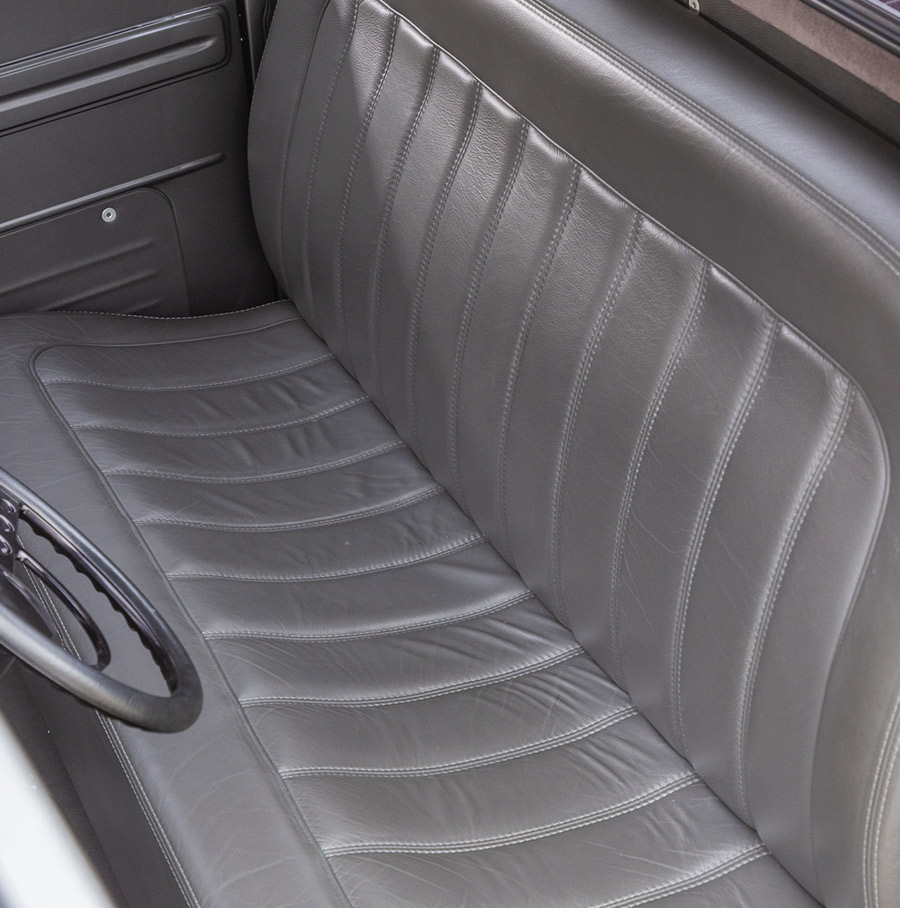

“As far as what we are going to do with truck, it sits under a cover out at the family compound that my pop built, (where the photos were taken) awaiting some refinements that need to be addressed. Eventually I’ll get around to installing a larger radiator as well as an EFI unit to make it more comfortable and driveable.”